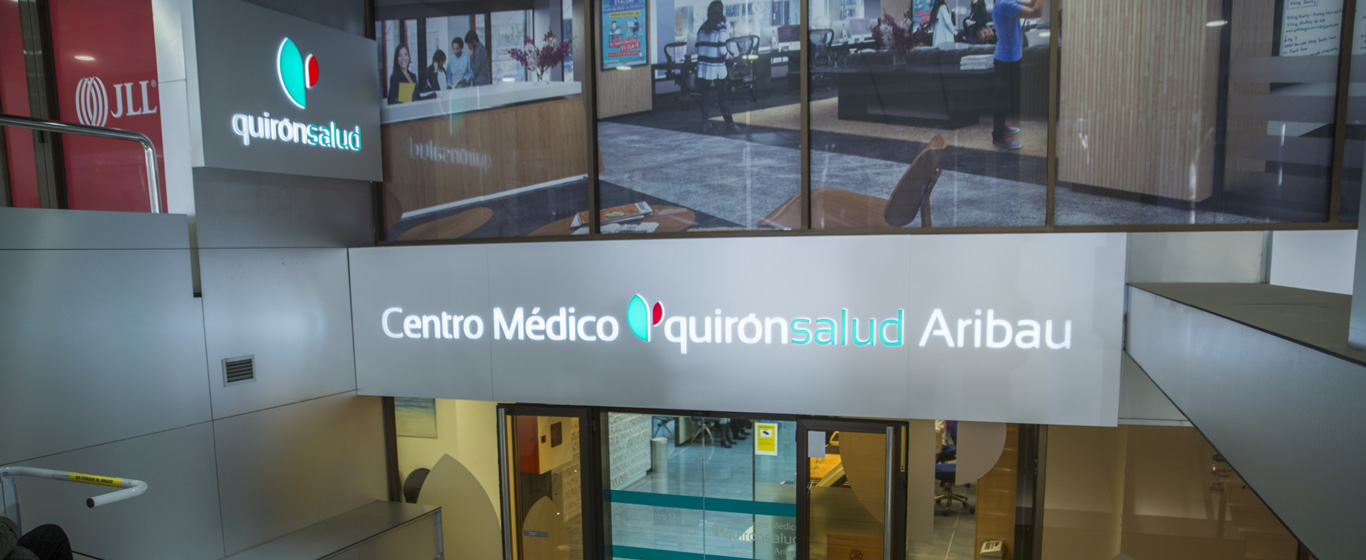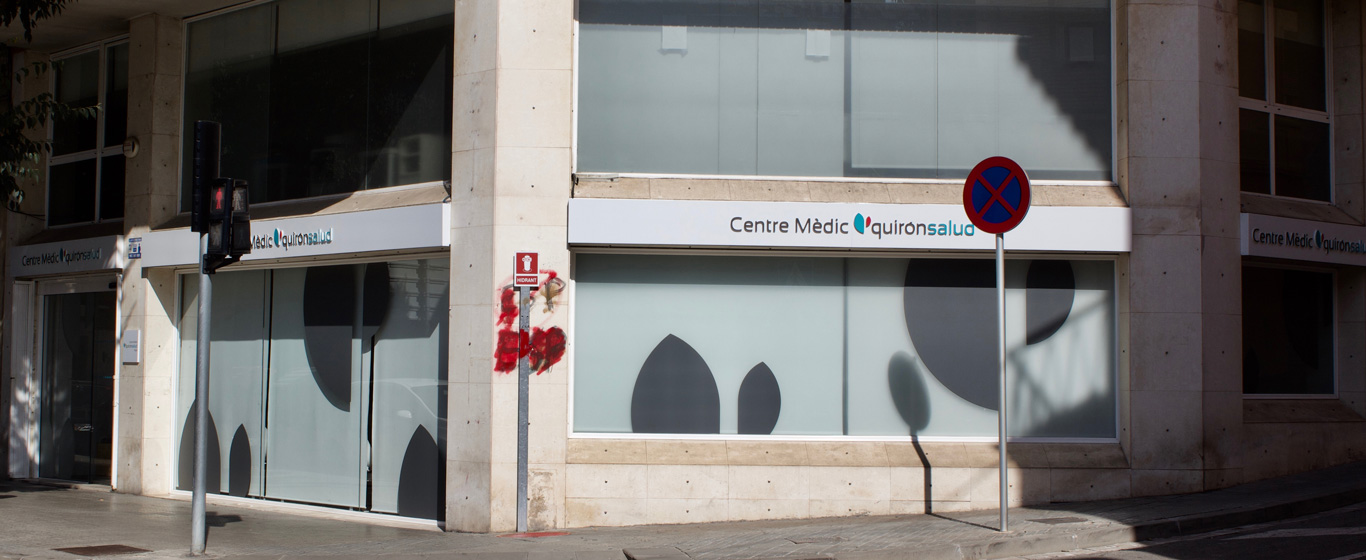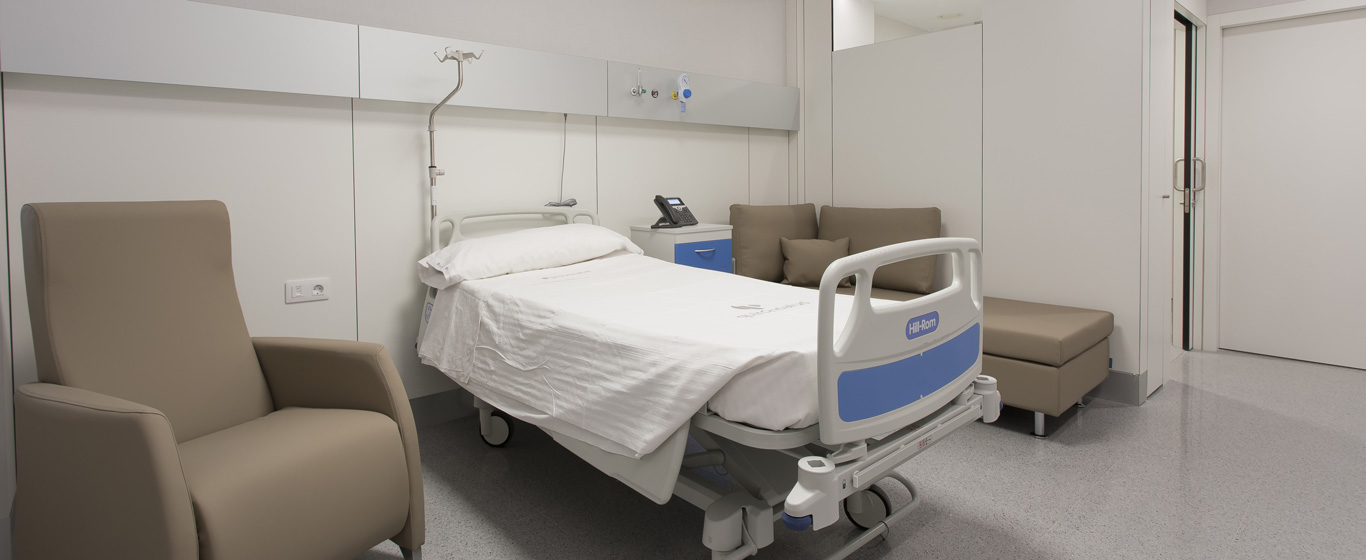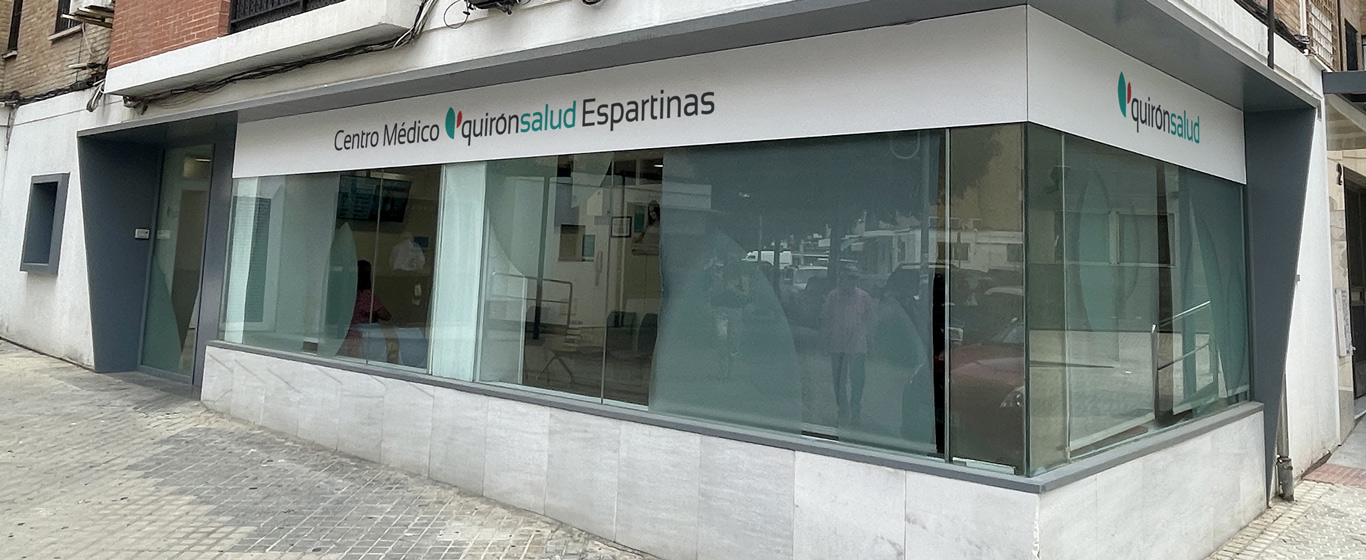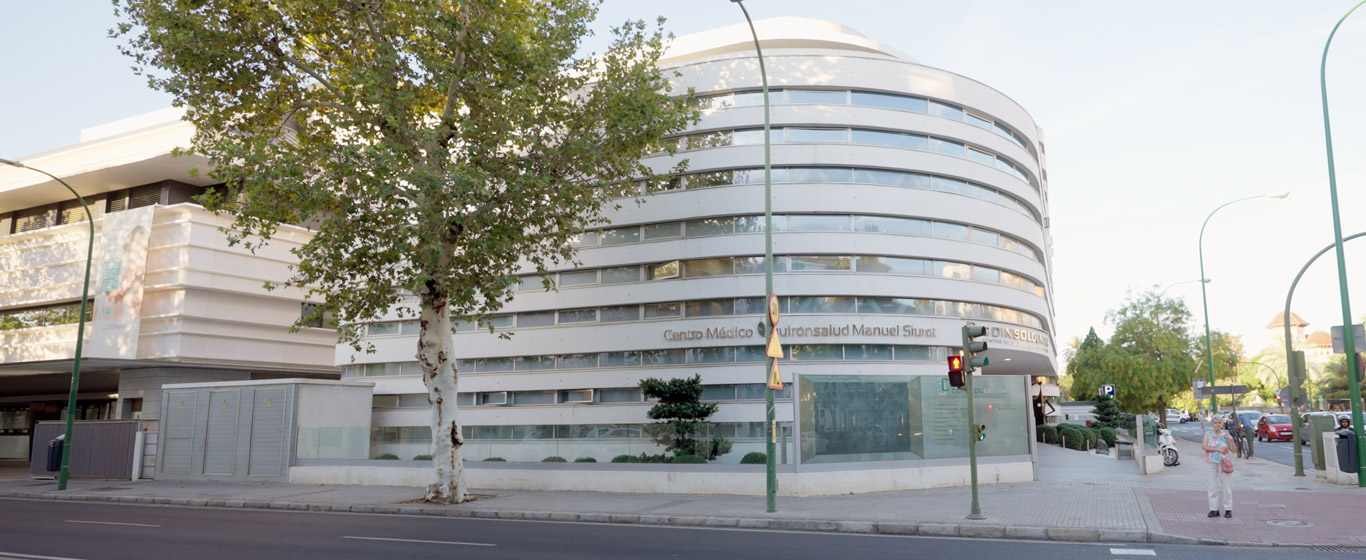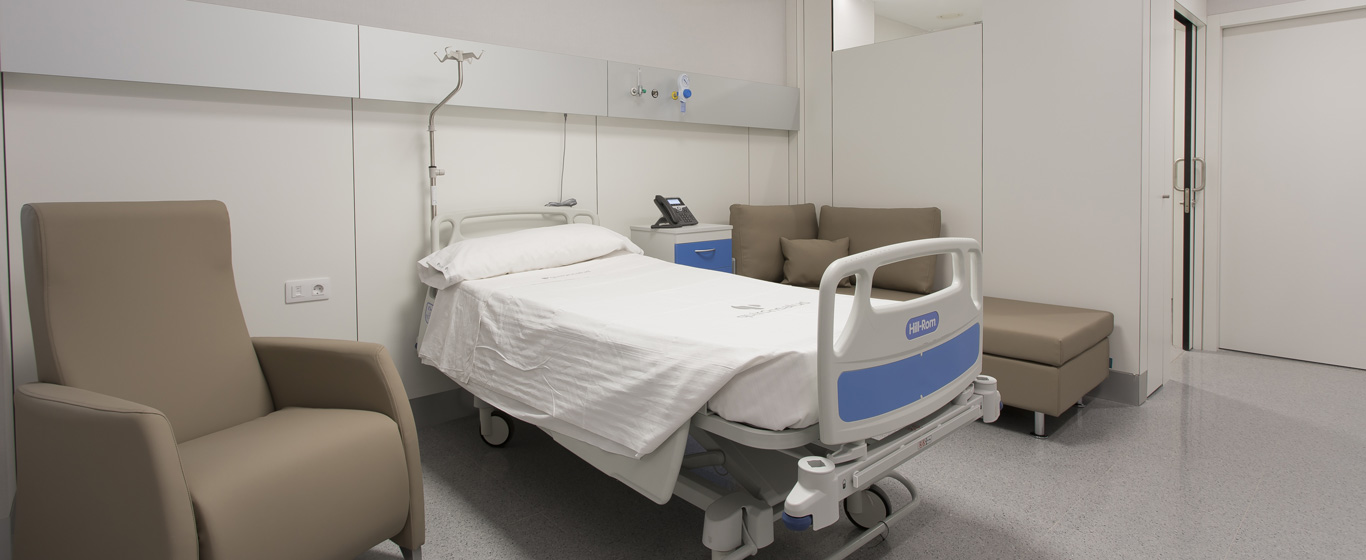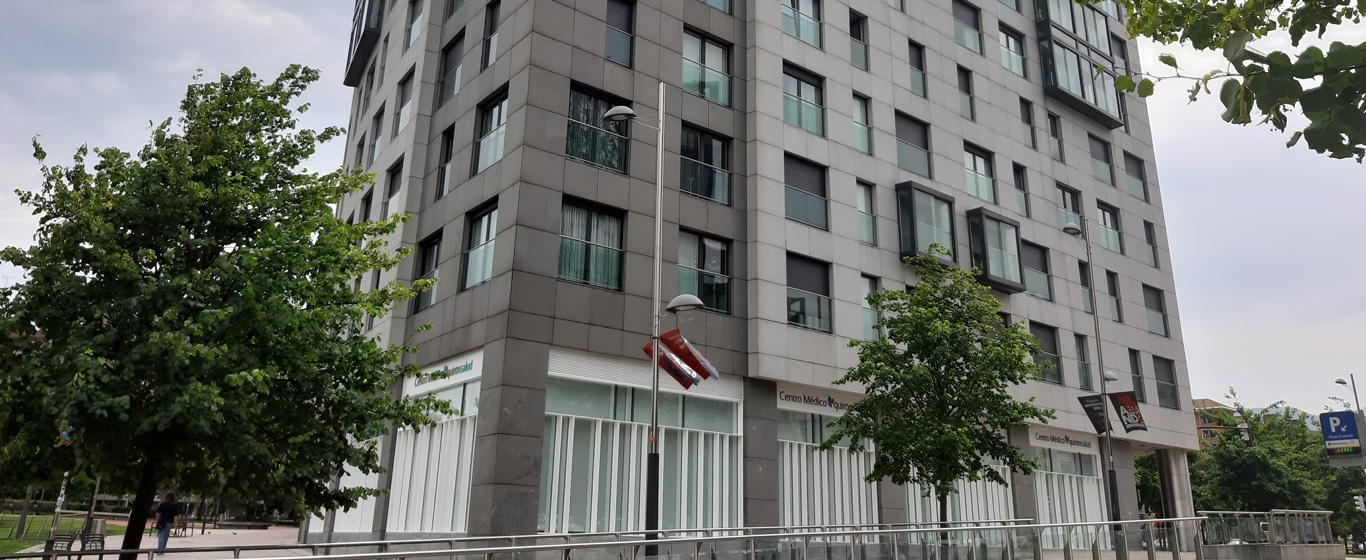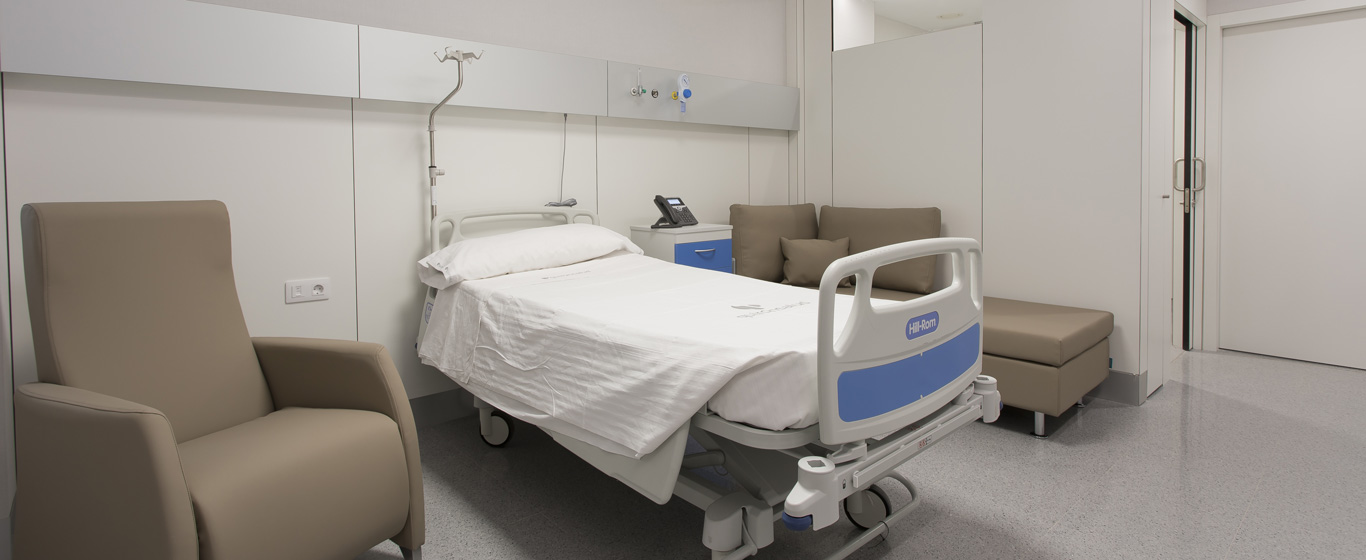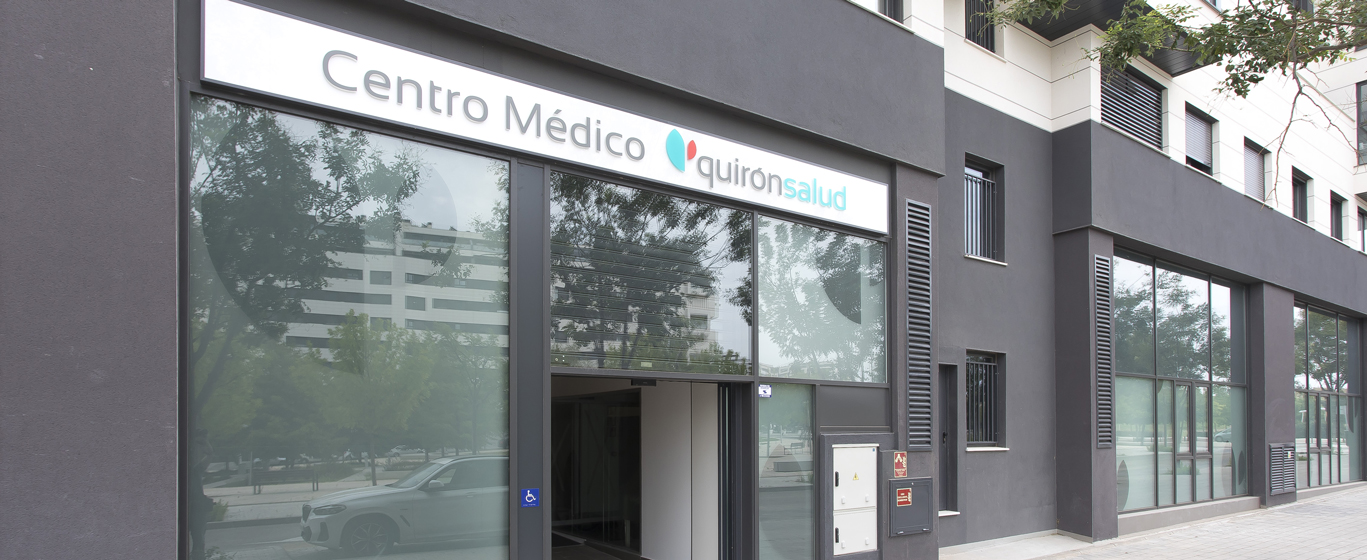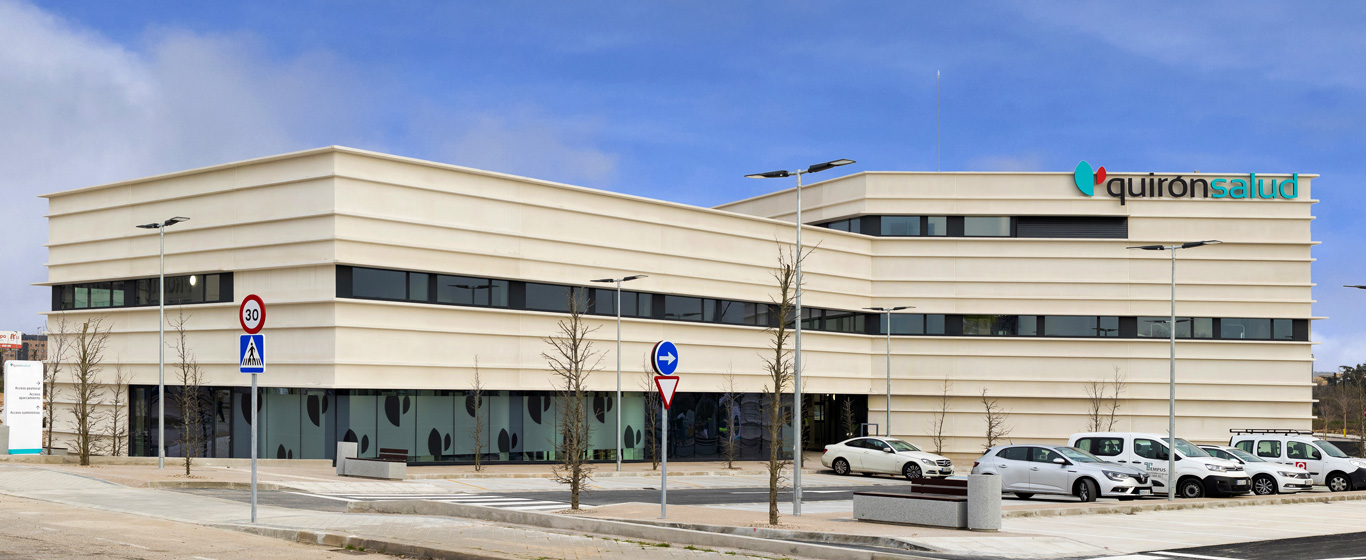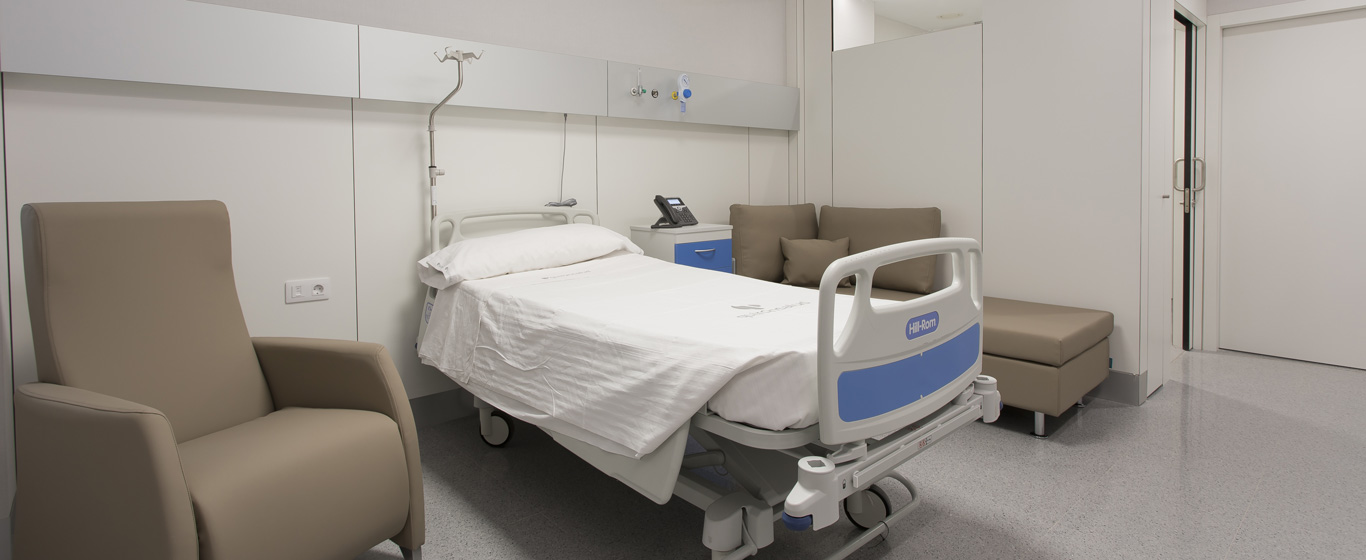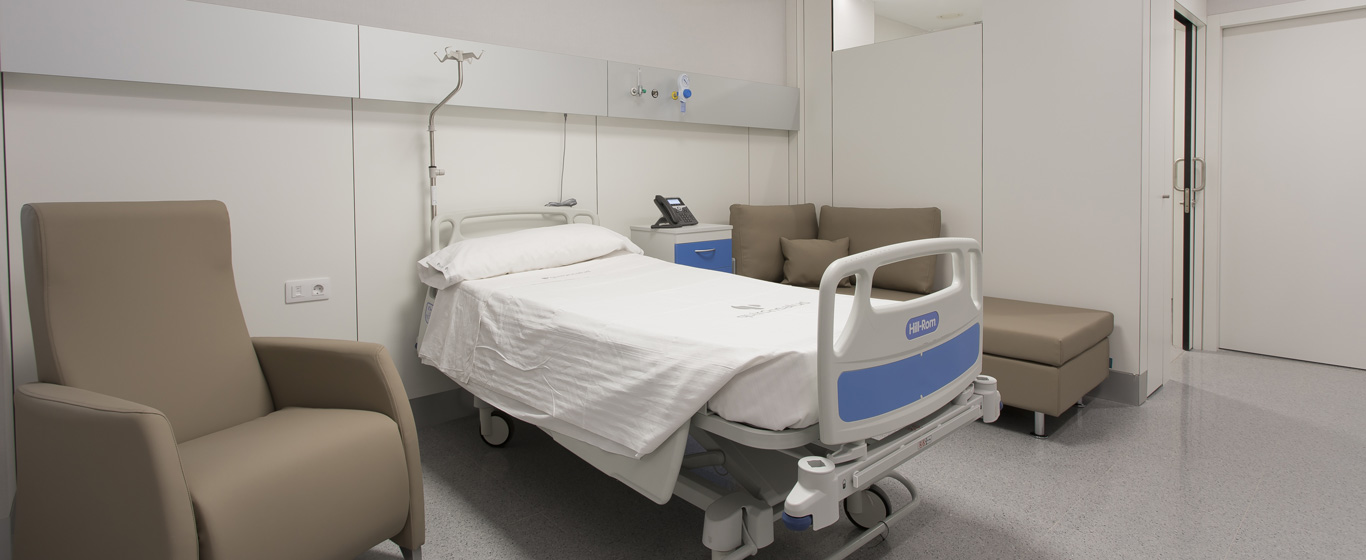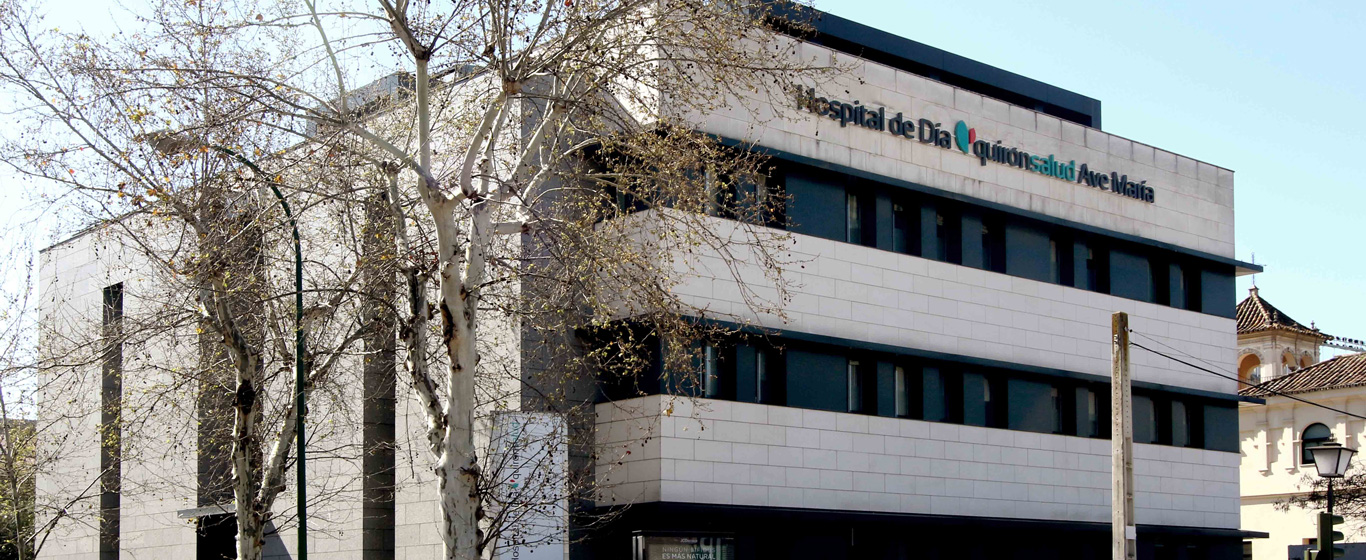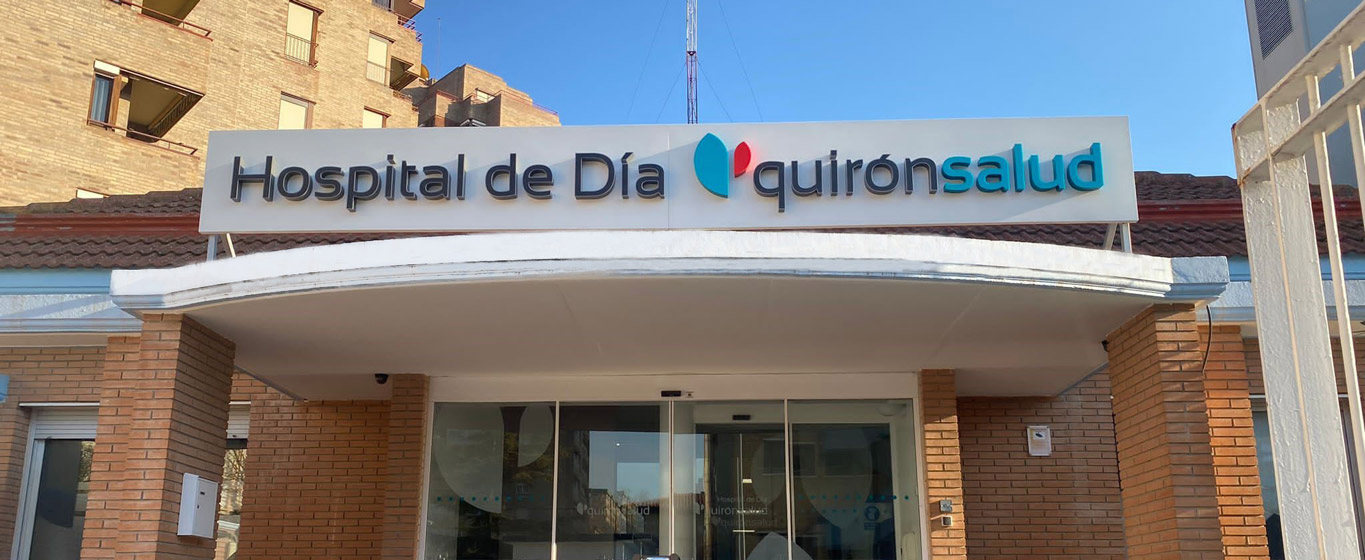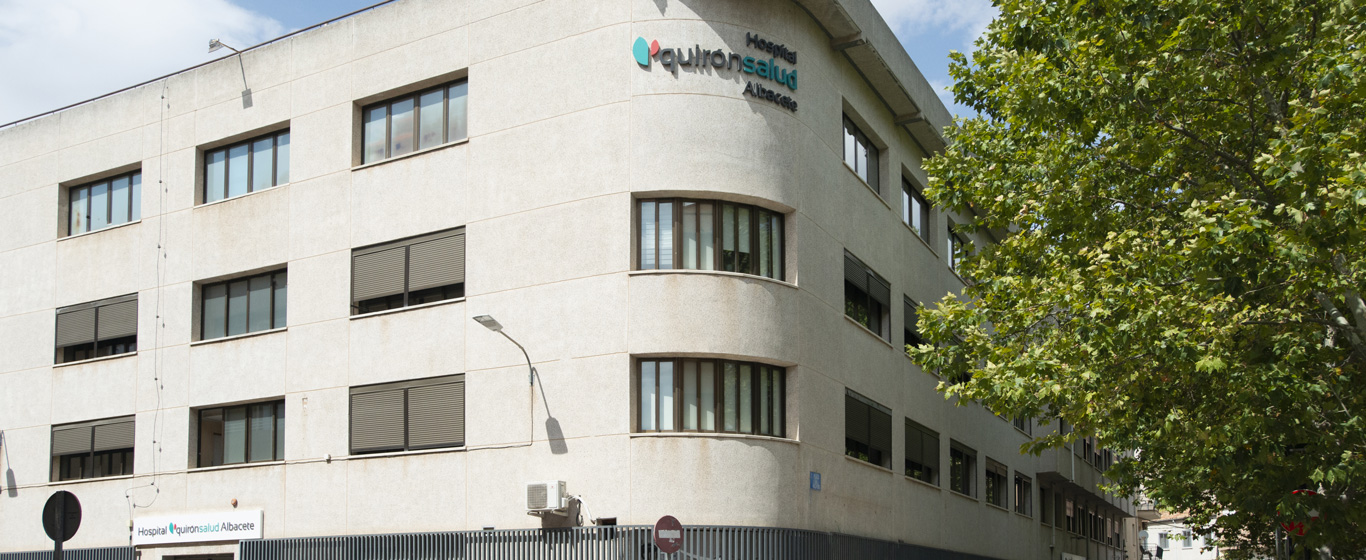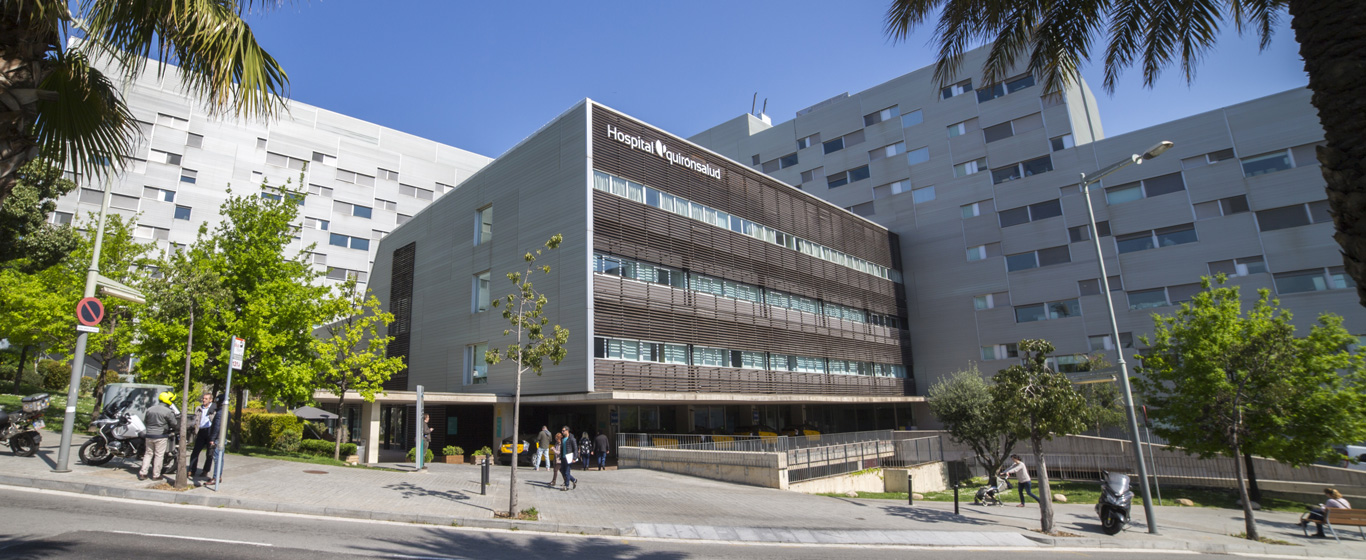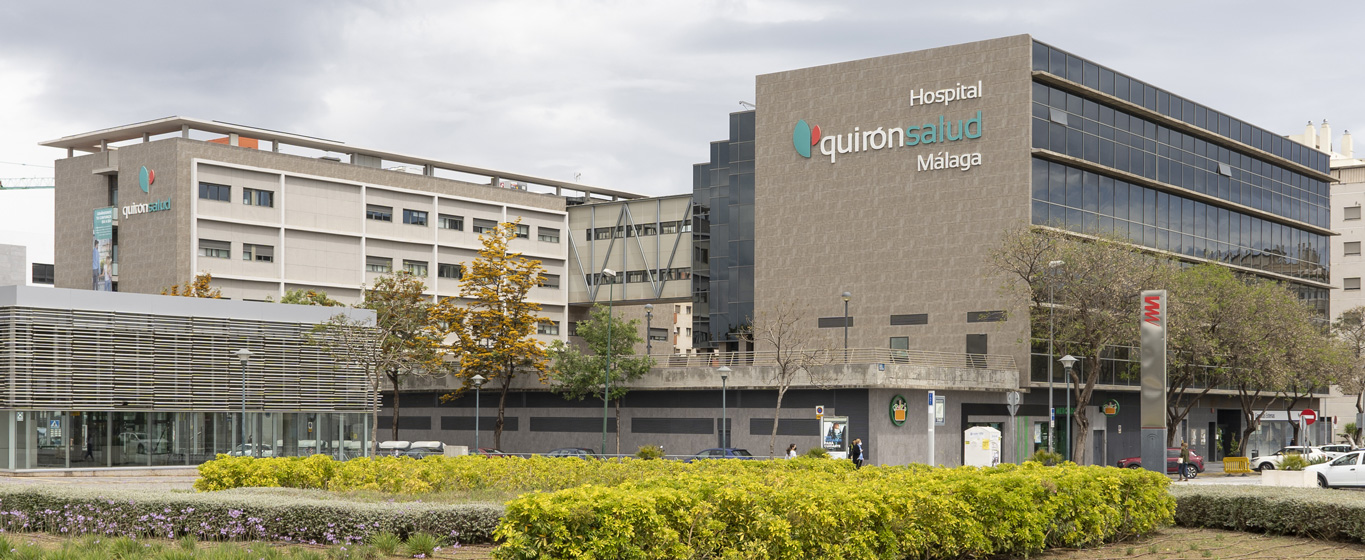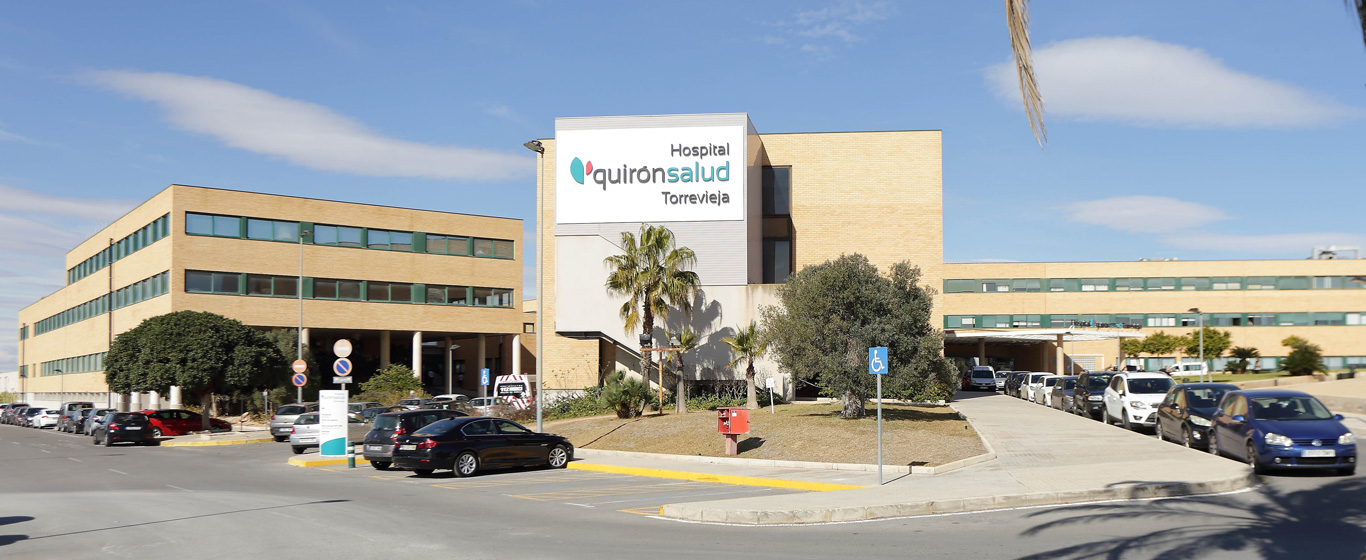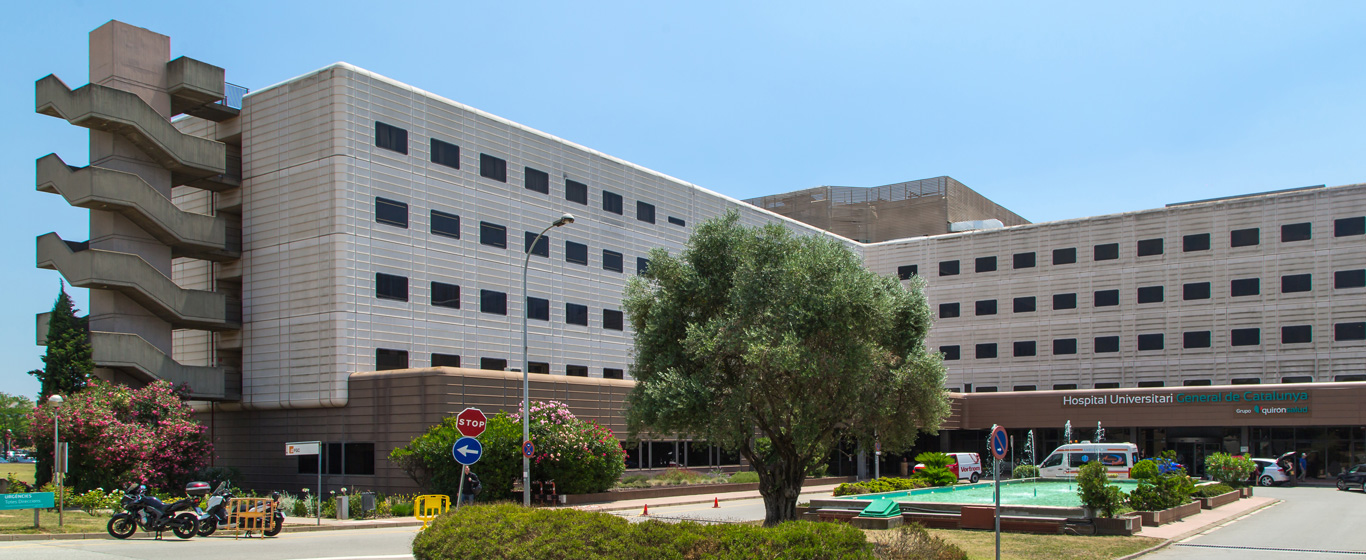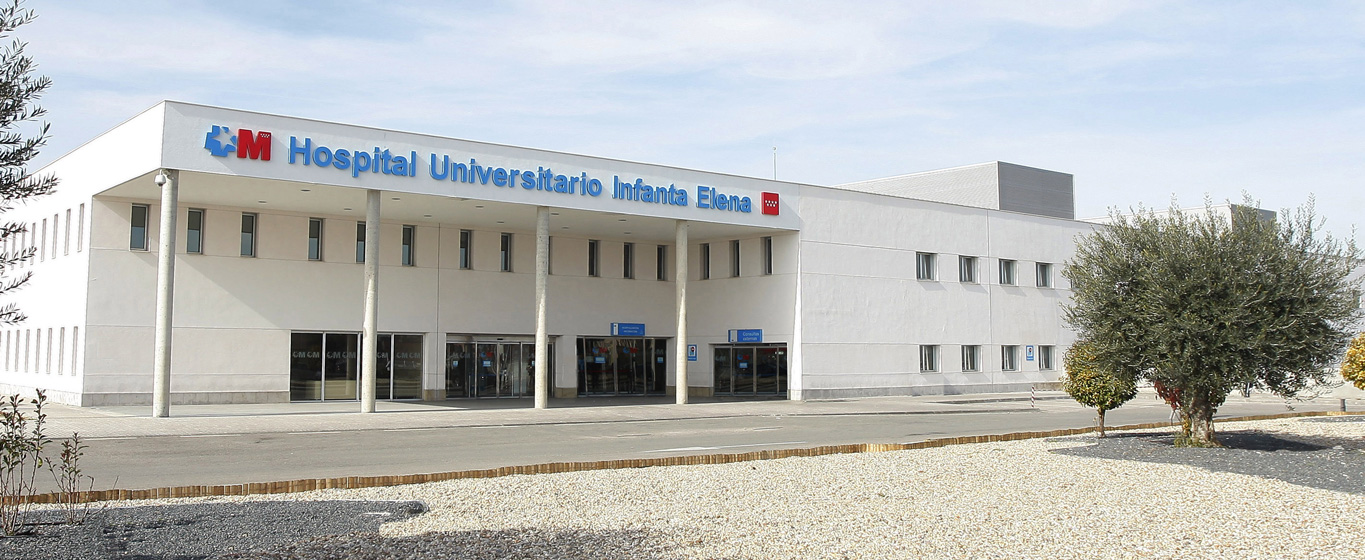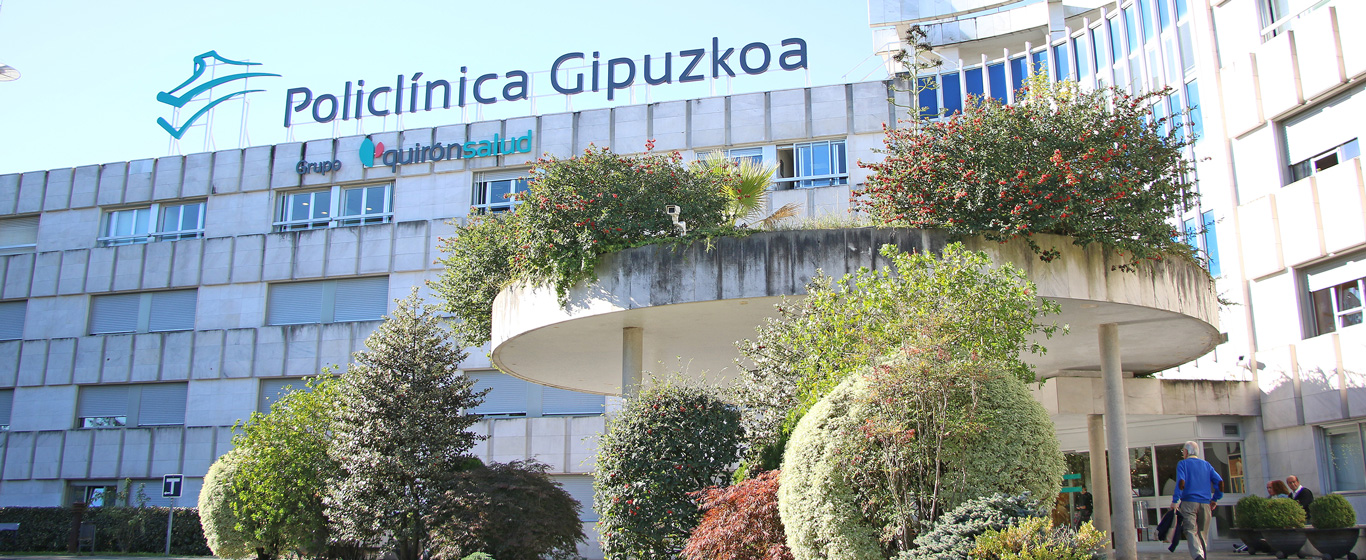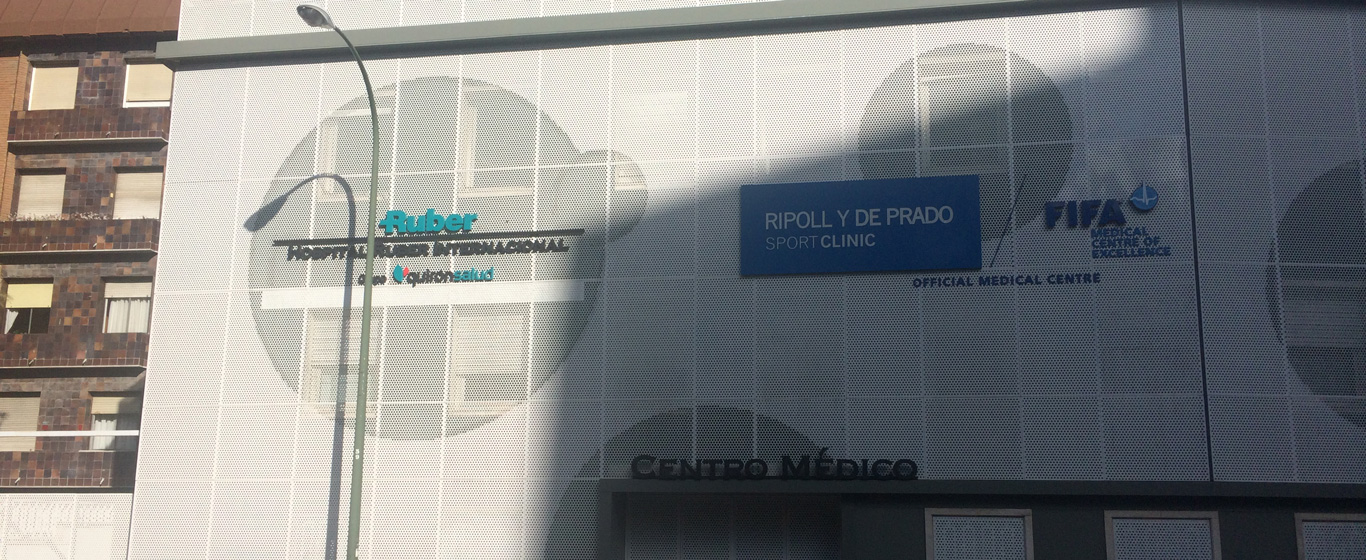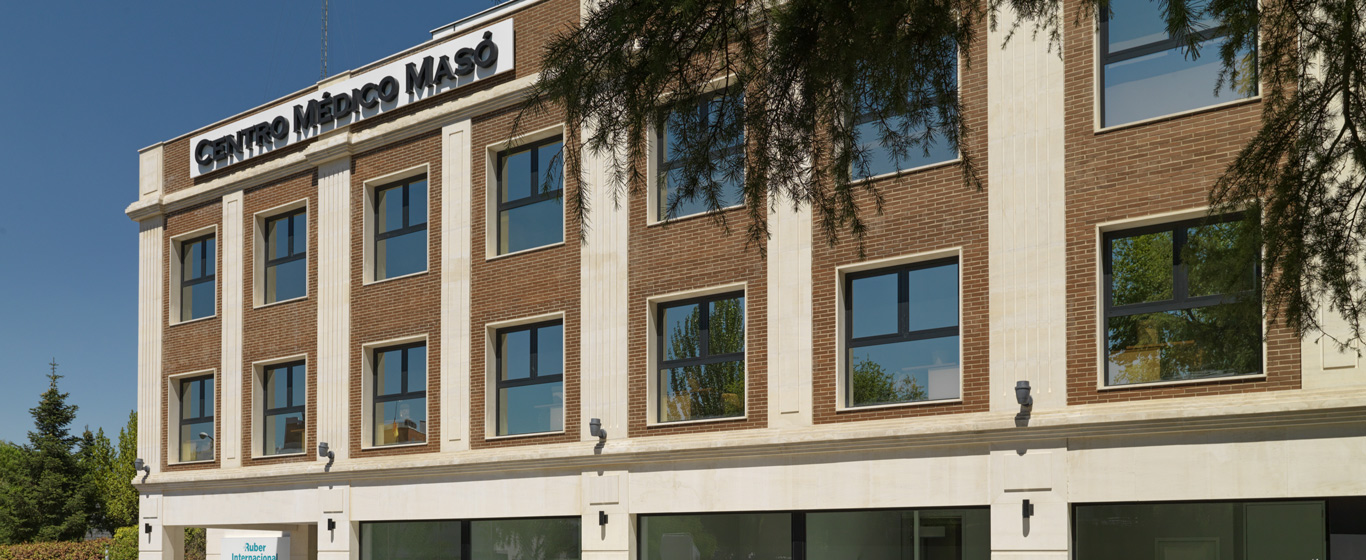Presbyopia
All the information about the causes, symptoms, and treatments for presbyopia, a condition that makes it difficult to focus on nearby objects.
Symptoms and Causes
Presbyopia, or age-related farsightedness, is a refractive defect that impairs the eye’s ability to focus on close objects. This lack of accommodation results from the loss of elasticity in the lens, which is the eye’s natural focusing mechanism. It is a degenerative process caused by the passage of time and tissue aging.
The first signs of presbyopia typically appear between the ages of 40 and 45 and gradually worsen until about age 65, when age-related farsightedness tends to stabilize. When it occurs earlier than expected, it is referred to as premature presbyopia and is usually caused by an underlying condition.
Symptoms
The most characteristic symptoms of presbyopia include:
- Difficulty focusing on nearby objects.
- Blurred vision when reading. It is often described as the sensation that the letters "move" or "dance."
- Poor vision in low-light conditions.
- Slower accommodation when shifting focus from near to far objects.
Causes
Presbyopia develops when the lens becomes stiffer and therefore has difficulty changing shape to allow light entering the eye to focus directly on the retina. As elasticity decreases, light rays converge behind the retina, making nearby objects appear blurry.
The main cause of presbyopia is aging.
Risk factors
The primary risk factor for presbyopia is being over 40 years old.
The likelihood of developing premature presbyopia increases in the following cases:
- Hyperopia (since the eye already struggles to focus on near objects, the extra effort to compensate accelerates wear and tear).
- Diabetes.
- Anemia.
- Multiple sclerosis.
- Cardiovascular diseases.
- Myasthenia gravis (which affects voluntary muscle movement).
- Genetic predisposition.
- Treatment with diuretics, antihistamines, or antidepressants.
Complications
Presbyopia does not cause serious eye complications. When it first appears and is not yet corrected, it may lead to visual fatigue or headaches due to overexertion.
Prevention
Presbyopia cannot be prevented.
Which specialist treats presbyopia?
Ophthalmology is the medical specialty responsible for diagnosing and treating presbyopia.
Diagnosis
Presbyopia is diagnosed through a comprehensive eye examination:
- Visual acuity test: In this case, the test mainly focuses on assessing the ability to see fine details in nearby letters or objects, although distance vision is also evaluated. Typically, the patient reads a text at a distance of about 30 to 40 centimeters. Each paragraph has a different font size to determine visual sharpness based on which lines are seen clearly.
- Refraction test: Measures the lens power needed in corrective lenses to achieve clear vision. This can be done by placing lenses of various strengths in a trial frame or by using a phoropter, an instrument that automatically combines different lens powers.
- Ocular motility test: Evaluates the function of the eye muscles. The specialist places a finger or another object about 40 centimeters away and moves it to check if the patient can follow it with their eyes without moving their head.
- Fundus exam: Although not used to diagnose presbyopia, this test is essential for assessing eye health and detecting potentially serious conditions (such as macular degeneration, glaucoma, or hypertension). After dilating the pupil with medicated drops, the ophthalmologist uses an ophthalmoscope to shine a light into the pupil and examine the internal structures of the eye—mainly the optic nerve and the retina.
Treatment
Treatment for presbyopia can be divided into three types:
- Optical: Corrective lenses are used to compensate for the refractive error. Patients may choose between glasses or contact lenses depending on their preferences. These lenses can be:
- Monofocal: Correct only presbyopia and are used for near vision.
- Bifocal: Now less commonly used. They correct both myopia (difficulty seeing distant objects) and presbyopia. They have two clearly defined zones—the upper for distance vision and the lower for near vision.
- Progressive: Correct near, intermediate, and distance vision. The lens power gradually changes from one area to another to facilitate accommodation.
- Visual therapy: Uses neurostimulation with electrical signals or movement-based exercises to activate the muscles and improve lens elasticity. It does not permanently correct presbyopia but may slow its progression.
- Surgical correction: A safe and long-lasting approach that allows clear vision at all distances without the need for corrective lenses.
- Laser surgery: Reshapes the cornea to modify refractive power.
- Intraocular lens implant: The natural lens is replaced with a graded intraocular lens that restores clear vision at all distances.




